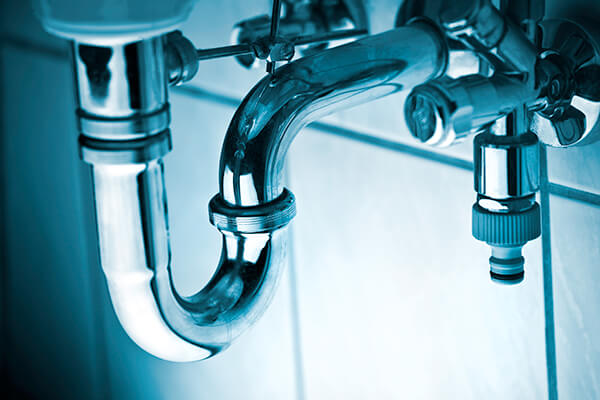What You Can Expect
What You Can Expect
Blog Article
We've encountered this article about How to Tell If You Need a Water Line Repair or Replacement listed below on the internet and concluded it made good sense to discuss it with you in this article.

Houses get water from a main resource which might be common or private. This water line is usually installed underground with high-grade pipes that ought to last for a very long time. Nonetheless, as time proceeds the materials used in the water lines come to be a lot more vulnerable to environmental or inner problems that cause them to deteriorate. For this reason, we can hear of plumbing troubles like leaks, discoloration, inadequate water stress, foul odors, etc. Problems with your water line need to not be taken with levity as they can advance to much more serious damages. Typical water line problems consist of;
How To Know That Your Water Line is Harmed
Being underground, issues with your water line can go undetected for several years up until substantial damage has been done. Nevertheless, there are some pointers that you can look out for. Being able to recognize these indications means that you can require professional aid on schedule. Several of these consist of;
These tips suggest an underlying problem that has to be expertly addressed as soon as possible.
Typical Causes of Water Line Problems
Your water line being hidden underground subjects it to many inner and outside problems. Any damages received can be because of several of the complying with;
The Predicament of Repair or Replace
Property owners are normally confronted with these 2 choices anytime there's a plumbing problem. It is required for you to carefully evaluate the situation at hand as well as with respect to previous as well as future indications make an enlightened selection. Discussing this with your plumber is highly suggested. If the water line is old (concerning 50 years old) you should be thinking about replacing it. This is since such plumbing issues are related to maturing advertisement are most likely to return. If you have actually been fixing underground plumbing problems for a while, a total replacement will likewise conserve you a more frustration in the future. Nonetheless, if the products are not old and also can conveniently be fixed for less than it will certainly require to change, go for the repair alternative.
Trenchless Water Line Fixing
Unlike old approaches which call for full excavation of the waterline, the trenchless approach uses the choice of fixing problems within a shorter time. It includes the setup of pipes of smaller diameter within the old ones. This dimension distinction as little or no result on efficiency. This approach is helpful since it is non-invasive and inexpensive. This method makes it possible for fixing to be finished within a day or more with minimum disturbance to your yard.
How Much Does It Cost to Repair or Replace a Water Service Line?
Your water service line is the underground pipe that carries water from the public water main into your home and out of your faucets and other fixtures. When something goes wrong — whether it be aging pipes, invading tree roots or digging in the wrong spot — all that water can end up flooding your yard and damaging your home.
Deeper Ain’t Cheaper
Water service lines are buried as deep as local building codes require — but usually the depth is determined by the frost line in your area. The frost line is the level to which the soil typically freezes during the winter. In the South, frost depths can be as shallow as 5 inches. In northern states, harsher winters push the frost depth to over 5 feet.
Water service lines aren’t buried at the frost level; typically, some space is left to account for deeper freezing in a nontypical winter. In warmer climes, water service lines are buried less than 3 feet deep for this reason. In the coldest areas, they may be buried over 8 feet deep.
Pipe depth affects the cost to repair or replace. Think about it: The technician has to get to the broken line in order to work on it, so the deeper they have to dig, the more time and effort is spent in the process. That drives up the price.
What’s This Gonna Cost?
A small leak may be fixed by repairing or replacing just a small section of pipe. A clog or a fully compromised pipe may need to be replaced entirely. To give you an idea of what you can expect to pay for your water service line repair or replacement, HomeServe has calculated the average costs, both nationally and state by state, for comparison. Keep in mind that while these are the average prices, in some cases, costs can be much higher. In order to determine what’s wrong with your system, you’ll have to call someone out to diagnose the problem, which comes with its own cost. We’ve calculated that average, as well. As we mentioned, the depth of your pipes has a bearing on cost, so we’ve listed the average depth here, too.
https://www.homeserve.com/en-us/blog/cost-guide/main-water-line-repair-versus-replacement/

As an avid person who reads about Replacing Your Service Water Line, I figured sharing that excerpt was important. Are you aware of someone else who is looking into the niche? Feel free to share it. We value reading our article about Replacing Your Service Water Line.
Learn More Report this page